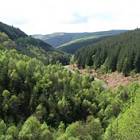Research forests are areas designated for woodland-based studies that have the potential to deliver operationally-relevant information about the management of woodlands in Great Britain. An important characteristic of Research Forests, particularly when being used for long-term monitoring activities, is that they continue to be managed in line with the forest management objectives already defined for each individual woodland area.
The potential to develop comprehensive datasets, often spanning decades, whilst simultaneously encouraging positive collaboration between forest managers and scientists, makes Research Forests an ideal test bed for experimentation, case studies, woodland-based demonstration areas, and comparative research.
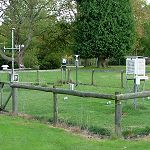
Research Forests provide a very special research environment and have the potential to generate the long-term datasets that are crucial for ecological studies that record changes over time.
New data are gathered in a well-characterised environmental framework and can be readily compared against long term trend data, allowing unexpected links and patterns to be more easily recognised.
Using existing data, such as those from long-term monitoring plots, can strengthen research proposals, e.g., to funding bodies, and can broaden research projects beyond their original scope.
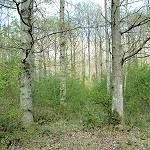
Within the research forest environment, the promotion of close collaboration between forestry practitioners and scientists enables findings to be more easily tested and fast-tracked into operational use
Studies can be showcased to a wide audience, including students of all ages, the public, forestry practitioners and policymakers, highlighting the importance of forestry science through outdoor workshops and explanatory material.
Internationally, research forests have been pivotal in increasing understanding of the interactions between forests and the wider environment, including demonstrating the possible effects of climate change. Their findings have helped shape international policies on pollution and sustainable forest management.
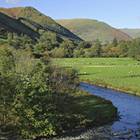
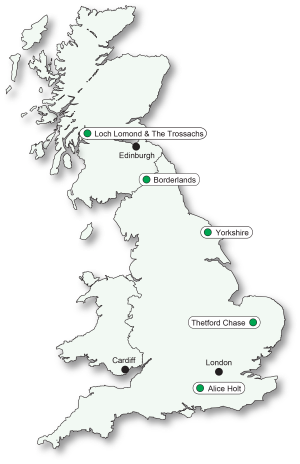
If you would like more details on the research forests across GB, please refer to the location-specific links provided above.
